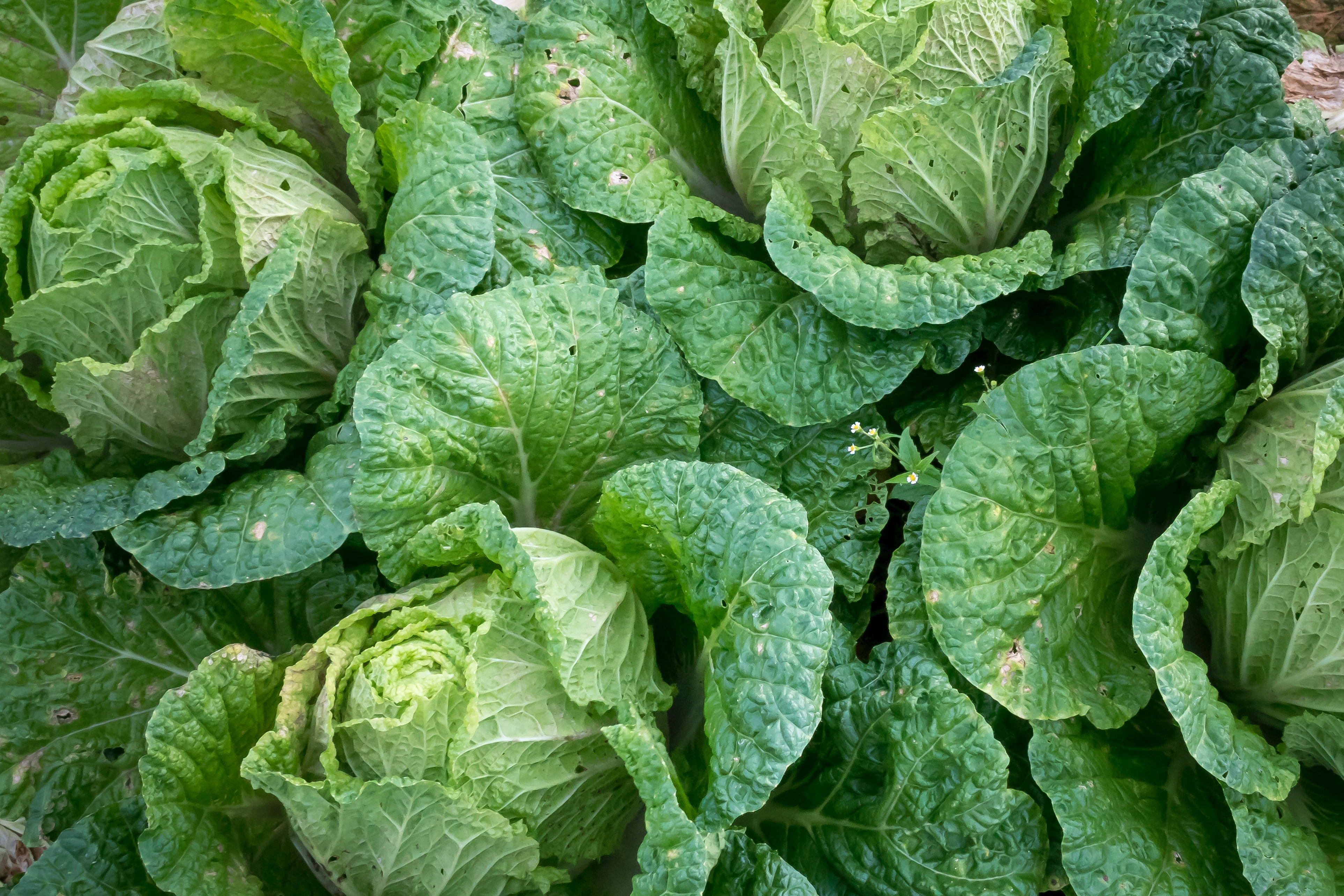Fall Gardening
go.ncsu.edu/readext?812599
en Español / em Português
El inglés es el idioma de control de esta página. En la medida en que haya algún conflicto entre la traducción al inglés y la traducción, el inglés prevalece.
Al hacer clic en el enlace de traducción se activa un servicio de traducción gratuito para convertir la página al español. Al igual que con cualquier traducción por Internet, la conversión no es sensible al contexto y puede que no traduzca el texto en su significado original. NC State Extension no garantiza la exactitud del texto traducido. Por favor, tenga en cuenta que algunas aplicaciones y/o servicios pueden no funcionar como se espera cuando se traducen.
Português
Inglês é o idioma de controle desta página. Na medida que haja algum conflito entre o texto original em Inglês e a tradução, o Inglês prevalece.
Ao clicar no link de tradução, um serviço gratuito de tradução será ativado para converter a página para o Português. Como em qualquer tradução pela internet, a conversão não é sensivel ao contexto e pode não ocorrer a tradução para o significado orginal. O serviço de Extensão da Carolina do Norte (NC State Extension) não garante a exatidão do texto traduzido. Por favor, observe que algumas funções ou serviços podem não funcionar como esperado após a tradução.
English
English is the controlling language of this page. To the extent there is any conflict between the English text and the translation, English controls.
Clicking on the translation link activates a free translation service to convert the page to Spanish. As with any Internet translation, the conversion is not context-sensitive and may not translate the text to its original meaning. NC State Extension does not guarantee the accuracy of the translated text. Please note that some applications and/or services may not function as expected when translated.
Collapse ▲ It’s the middle of summer, so many are thinking about keeping cool by staying inside or heading for the beach or mountains, not fall gardening. Transplants for cool-season vegetables may already be appearing in the garden centers and now is the time to plant. Vegetables such as broccoli, cauliflower, cabbage, and others will grow larger if planted now as the days are longer. Growth will slow with shorter days and cooler temperatures. If you haven’t tested your soil, now is a good time as the testing is free April – Thanksgiving, your only cost being to mail your sample to the state lab in Raleigh. You can pick up a soil test kit at the N.C. Cooperative Extension of Union County office at the Union County Ag Center, 3230 Presson Rd, Monroe, or at any Union County Library, just ask for one at the information desk. For good information on fall gardening in the Piedmont, conduct an internet search using the keywords “Fall Vegetable Garden North Carolina.” NC State University has an excellent publication with recommended crops and planting dates.
It’s the middle of summer, so many are thinking about keeping cool by staying inside or heading for the beach or mountains, not fall gardening. Transplants for cool-season vegetables may already be appearing in the garden centers and now is the time to plant. Vegetables such as broccoli, cauliflower, cabbage, and others will grow larger if planted now as the days are longer. Growth will slow with shorter days and cooler temperatures. If you haven’t tested your soil, now is a good time as the testing is free April – Thanksgiving, your only cost being to mail your sample to the state lab in Raleigh. You can pick up a soil test kit at the N.C. Cooperative Extension of Union County office at the Union County Ag Center, 3230 Presson Rd, Monroe, or at any Union County Library, just ask for one at the information desk. For good information on fall gardening in the Piedmont, conduct an internet search using the keywords “Fall Vegetable Garden North Carolina.” NC State University has an excellent publication with recommended crops and planting dates.
Late summer/fall is also the time for maintenance chores for cool-season grasses. Core aeration, fertilization, and over-seeding (if needed) can be done. Renovation of, as well as the establishment of cool-season lawns, is best done in the fall. Later in the fall is the time to make herbicide application for some broadleaf and winter annual weeds. For maintenance calendars for cool and warm-season turfgrasses visit the NC State Extension TurfFiles website.
Join the Extension Master Gardener℠ volunteers of Union County for the Successful Gardener program on August 5, 2021, via a live Zoom presentation. Don Boekelheide will discuss tips and techniques for growing a successful fall vegetable garden. Visit our website to register.




